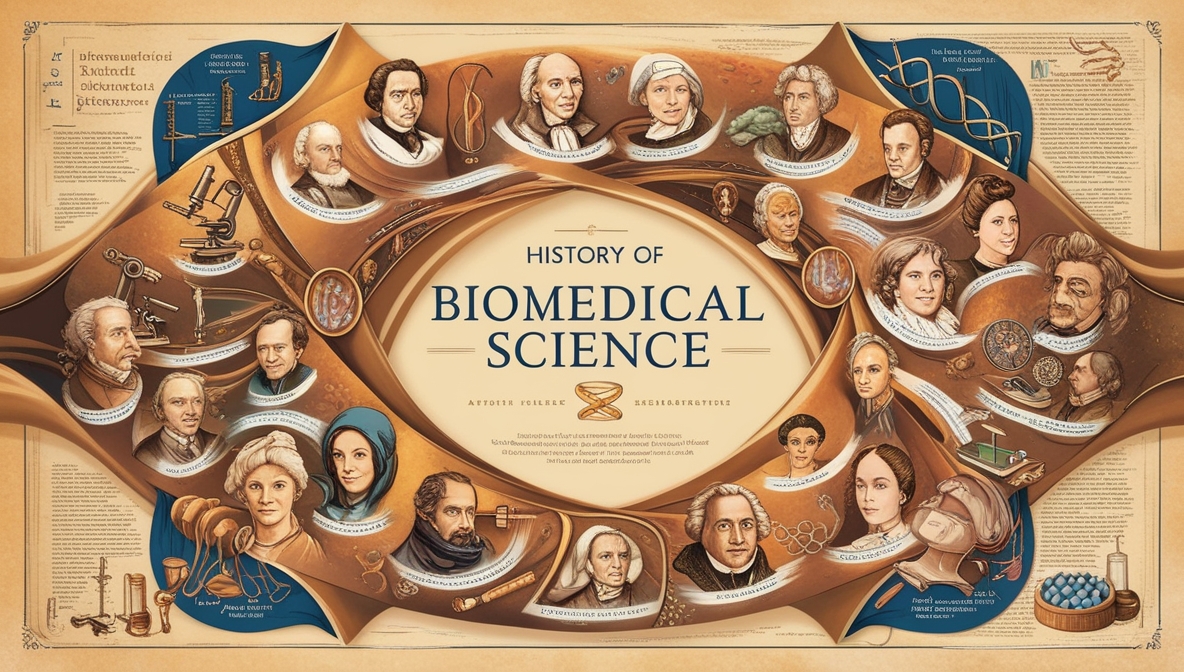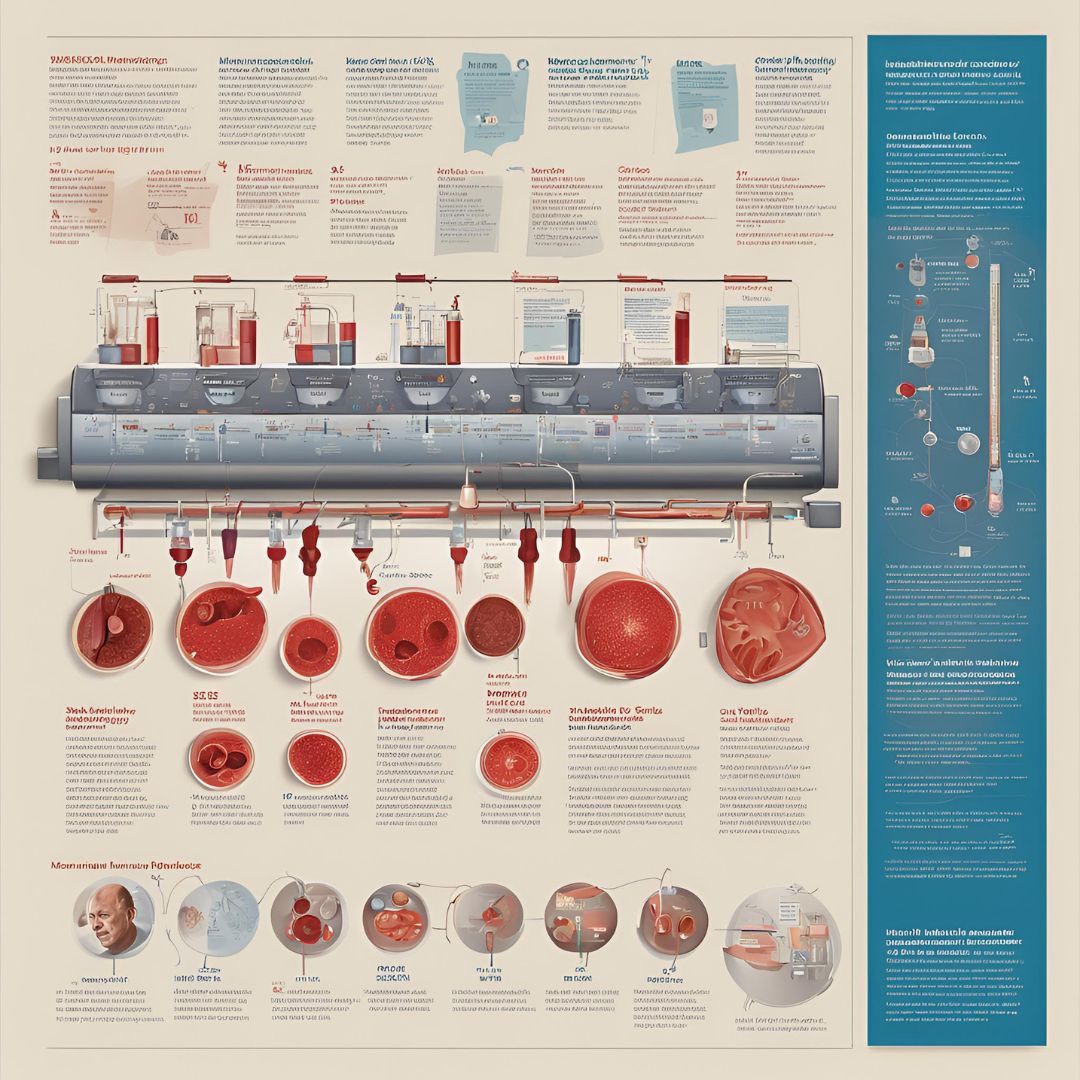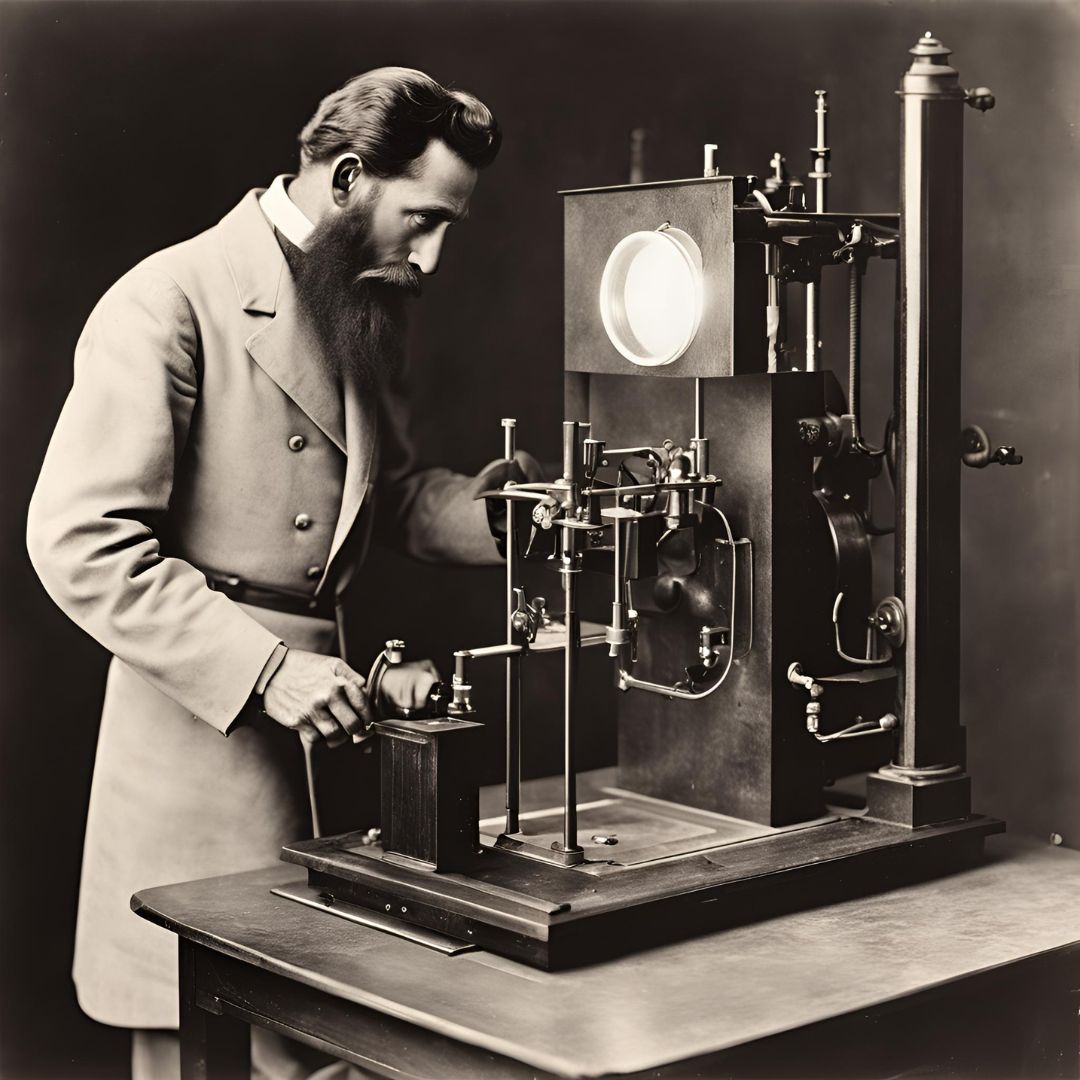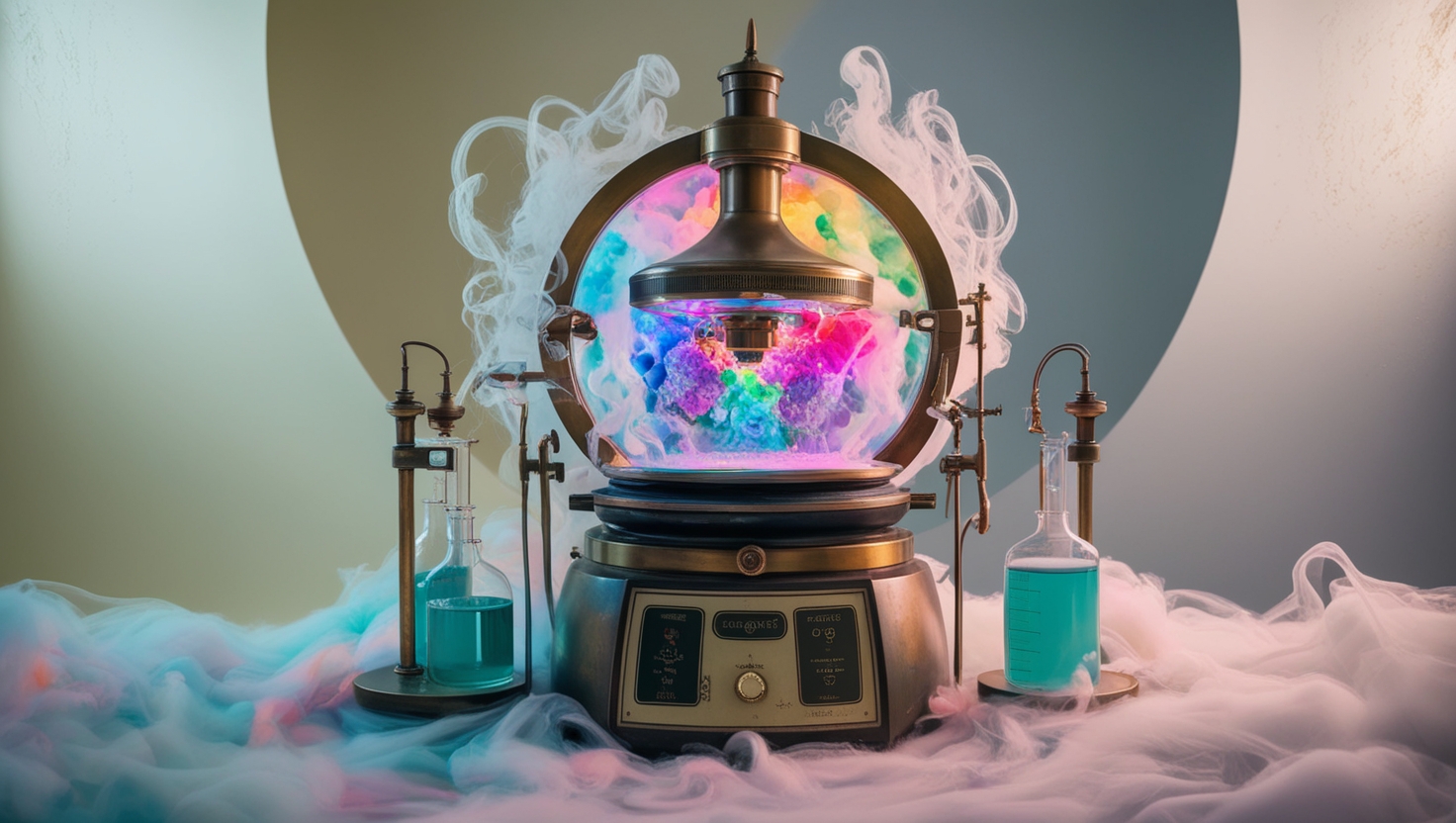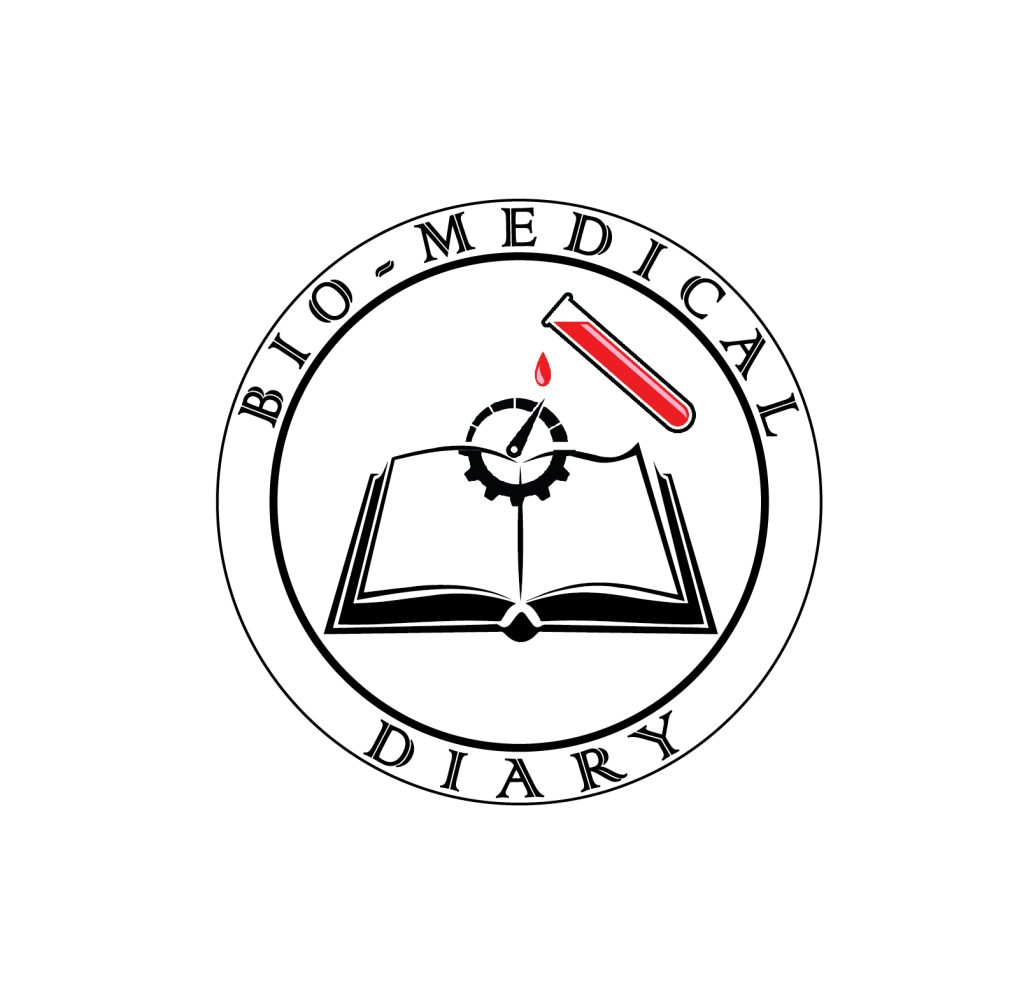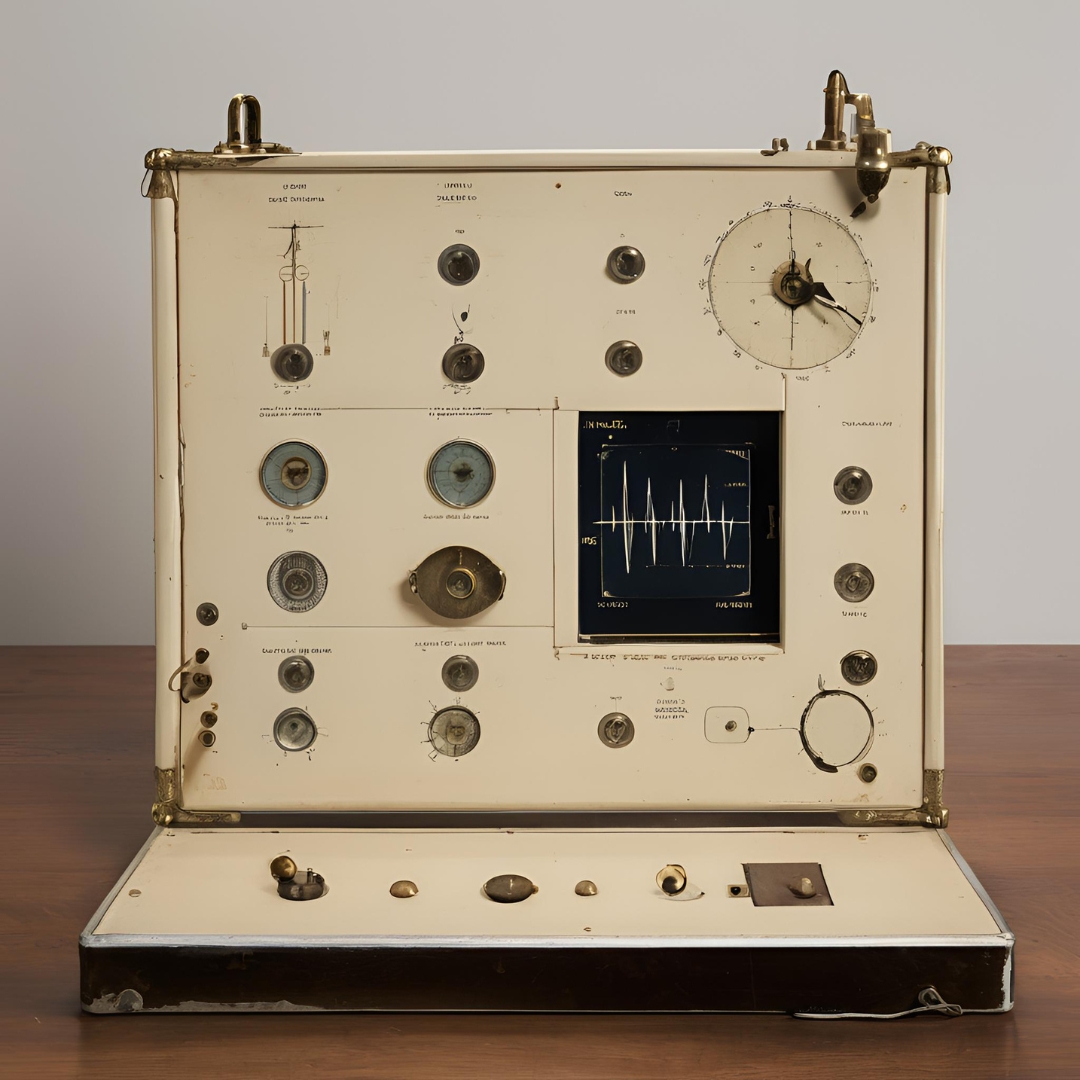The history of biomedical science spans centuries, marked by discoveries, technological advances, and evolving insights into health and disease. Here’s an overview of key milestones:
Ancient Medicine (Before 500 CE)
- Ancient Egypt and Mesopotamia: Early medical practices included herbal remedies, surgeries, and magical rituals. The Edwin Smith Papyrus, dating back to around 1600 BCE, is one of the oldest known medical texts, describing surgical practices.
- Hippocrates (c. 460–370 BCE): Often called the “Father of Medicine,” Hippocrates introduced the concept of observing patients and recording their symptoms, laying the groundwork for clinical practice.
- Galen (c. 129–216 CE): A Greek physician whose work influenced Western medicine for over a thousand years. He expanded on Hippocratic theories and conducted anatomical studies, although his reliance on animal dissection led to some incorrect assumptions about human anatomy.
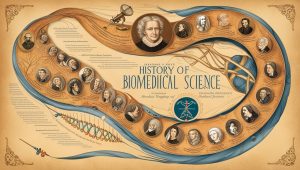
Medieval Medicine (500–1500 CE)
- Islamic Golden Age (8th–14th centuries): Islamic scholars translated and preserved Greek and Roman medical texts, adding their contributions. Figures like Avicenna (Ibn Sina) wrote the Canon of Medicine, a key medical text for centuries.
- Medieval Europe: Medicine was heavily influenced by religion, with monasteries serving as centers for medical knowledge. However, the understanding of disease remained limited, with many theories based on the imbalance of the four humors.
Renaissance and Early Modern Medicine (1500–1800)
- Vesalius (1514–1564): Known for his work “De Humani Corporis Fabrica,” Vesalius challenged Galen’s anatomical theories by conducting human dissections, which led to a more accurate understanding of human anatomy.
- William Harvey (1578–1657): Discovered the circulation of blood, a groundbreaking discovery that changed the understanding of the cardiovascular system.
- The Microscope (17th century): Invented by Antonie van Leeuwenhoek, the microscope opened up a new world of understanding, allowing scientists to observe microorganisms, eventually leading to the germ theory of disease.

19th Century Advances
- Germ Theory: Pioneered by Louis Pasteur and Robert Koch, the germ theory established that microorganisms cause many diseases, leading to the development of vaccines and antiseptics.
- Anesthesia and Surgery: The introduction of anesthesia (e.g., ether and chloroform) made surgeries less painful and more precise, revolutionizing medical practice.
- Medical Education Reform: Establishing modern medical schools and hospitals improved physicians’ training and patient care quality.
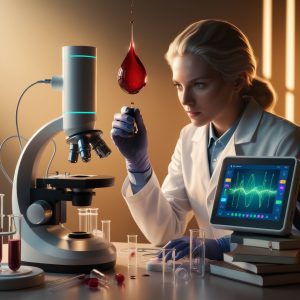
20th Century to Present: Key Milestones in Biomedical Science
- Antibiotics: In 1928, Alexander Fleming discovered penicillin, launching the antibiotic era and saving countless lives from bacterial infections.
- Biomedical Engineering: The development of medical devices like pacemakers, MRI machines, and artificial organs revolutionized diagnosis and treatment.
- Genetics and Genomics: Watson and Crick’s 1953 DNA discovery and the Human Genome Project revolutionized genetics and personalized medicine.
- Modern Biomedical Research: Today’s science integrates biology, chemistry, physics, and engineering, with advances in biotechnology and nanotechnology transforming healthcare
Biomedical science history highlights human curiosity, with each discovery deepening our understanding of health and disease.
